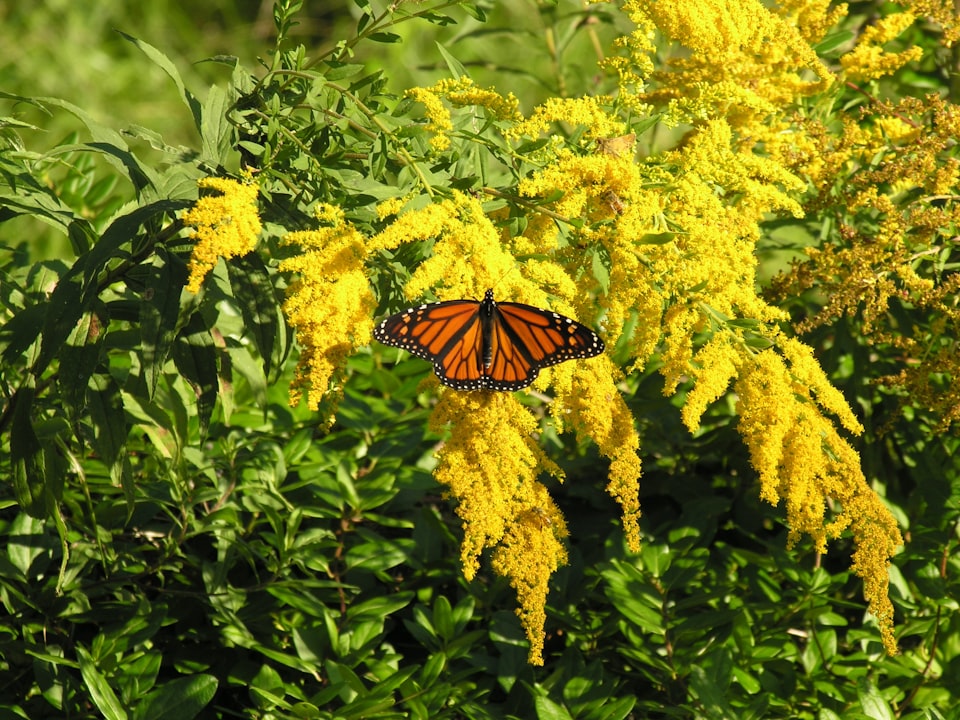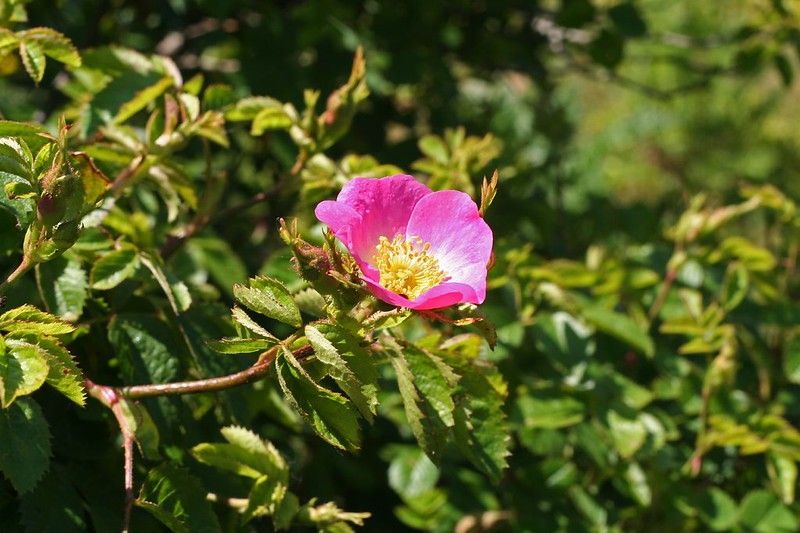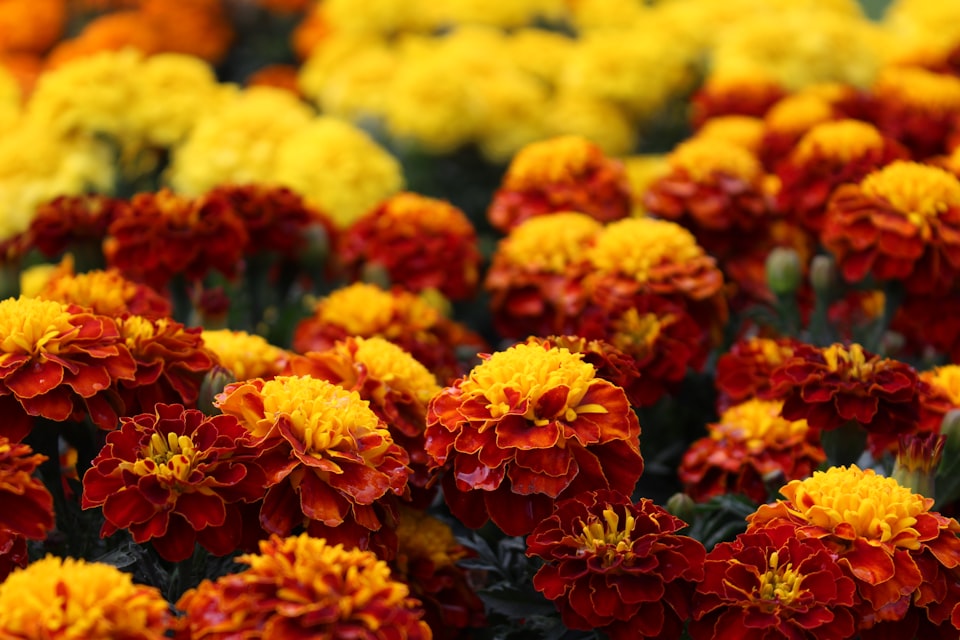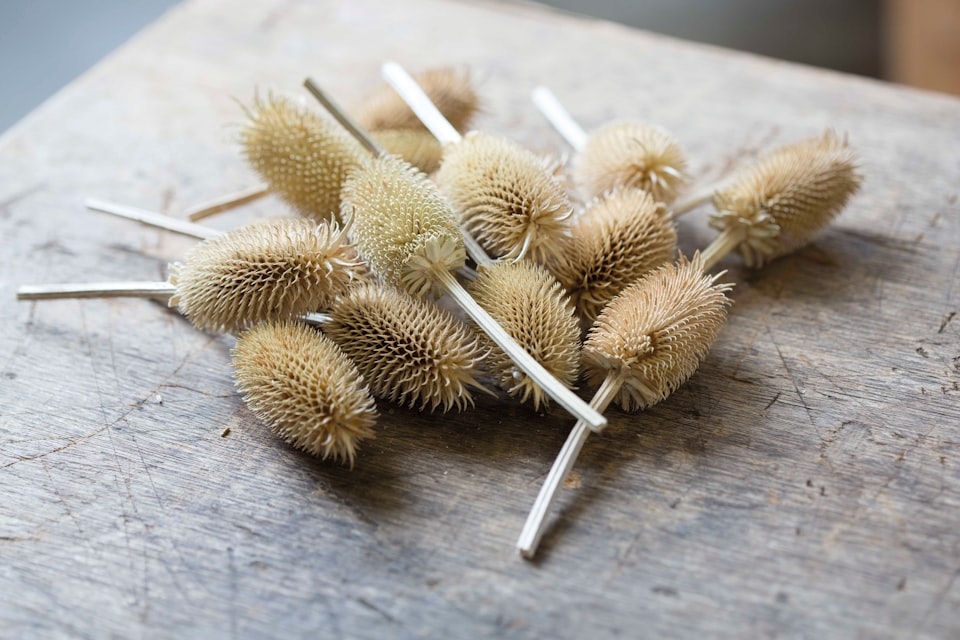VI: Carnation
How Oscar Wilde's carnation almost went extinct.

Good morning. Today is sextidi, the 16th of Prairial, Year CCXXXI. We celebrate l'œillet, one of the planet's showier common perennial flowers.
The carnation has symbolized many, many things over the years. It may even be the single-most symbolic flower ever, thanks to its absolute dominance in Victorian England, the source of so much "language of flowers" stuff. A red one says love, but a pink one says less-romantic love, and a yellow one says I want to break up with you. Be careful with your carnations!
But nothing tops the carnation that can't be grown in nature, the inimitable green carnation. Since it's Pride season, this is a great time to look into how this dyed flower became a notorious symbol of homosexuality, and how the association almost caused an extinction.



